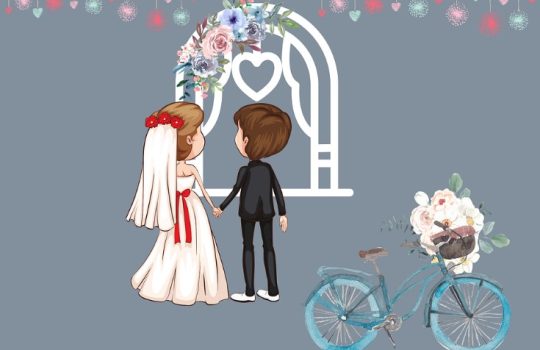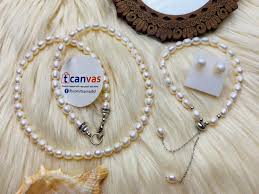Fashions may come and go, but one thing that remains is the idea of dressing in the colors of the season. Seasonal colors are colors that mirror the shades seen in nature’s four seasons. Each season has its own set of traditional colors that are usually associated with it, as well as fleeting seasonal colors that are considered current according to the year’s fashion trends.
Seasonal Color Analysis is a system that takes our skin tone, natural eye tone, and hair color and creates the best color palette for us based on those factors. It takes into account the undertone (lightness) and value (light vs dark) of our skin, hair, and eyes and uses it to determine which colors we look best in.
The seasonal color analysis classifies people into one of 4 categories. Such as –
- winter
- summer
- autumn, and
- the spring
Categories are named based on seasons and colors found together in nature to help you remember the range of colors they include. Your seasonal color range will complement your skin, hair, and eye color. Understanding some of the properties of color will help you understand your own color and help you make more informed color choices when you shop for clothes.
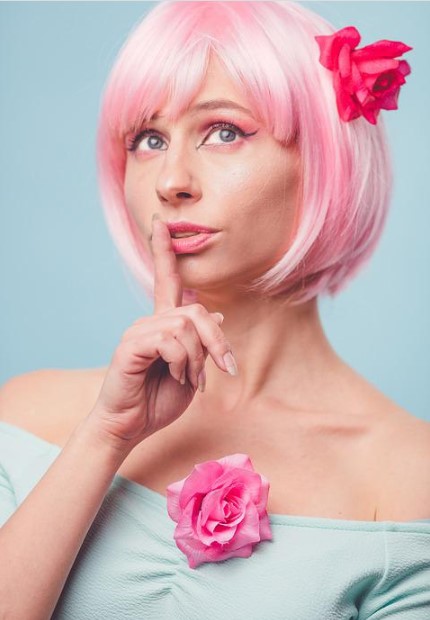
However, Color features include:
- Hue – The color’s name is as follows.
- Temperature – Neutral, warm, or cold perceptions of a hue are all possible. Colors with a yellow basis are – warm, whereas those with a blue base are viewed as cool. Pure color is neutral – it is neither cool nor warm
- Value– A color’s intensity can be expressed as light, moderate, standard size, or deep.
- Intensity — Whether the color appears clear or muted
Your colors have these properties and so do the colors of clothes. When you know your flow season, look for characteristic colors that most closely match the color characteristics of your season to determine if an item of clothing is the right color for you. It helps to remember if you’ve forgotten your swatch or don’t have the right color in your swatch.Explore – some fashion tips.
- Contrast – Contrast is another important aspect of your color and the clothes you wear.
- Spring colors
Spring’s seasonal colors are much like the season itself – light, airy colors that are made up of pastel versions of rainbow colors. Inspired by the melting snow that brings the season’s first blooms and traditional Easter tones, spring seasonal colors include the following:
- Pale peach
- Blush pink
- Mint green
- Baby blue
- Cream
- Light gray
- Soft yellow
- Spring green
- Lavender
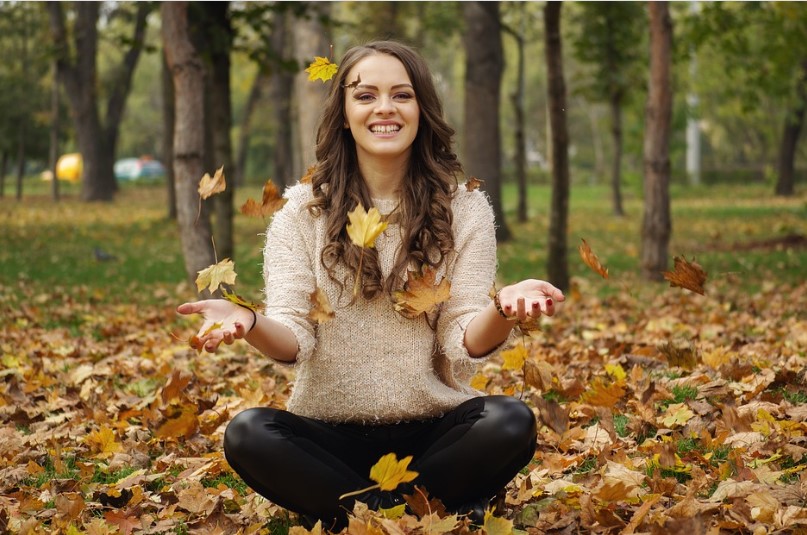
- Summer colors
Summer colors are all about vibrant, rich, and bold colors – take inspiration from the sun, ocean, and summer flowers. Have fun in the sun by embracing these bold colors, but don’t forget to incorporate plenty of white—it’s the official ‘non-color’ of the summer season from Memorial Day to Labor Day. However, take some tips to make life easier.
However, Your top choices for summertime hues include:
- White
- Lemon Yellow
- Candy Apple Red
- Mandarin Orange
- Bold Pink / Fuchsia
- Turquoise
- Royal Blue
- Autumn colors
As autumn approaches and summer comes to an end, fashion and clothing styles take turns. As previously discussed, fall leaf colors are considered dominant seasonal clothing colors to wear in fall. Autumn colors are warm.
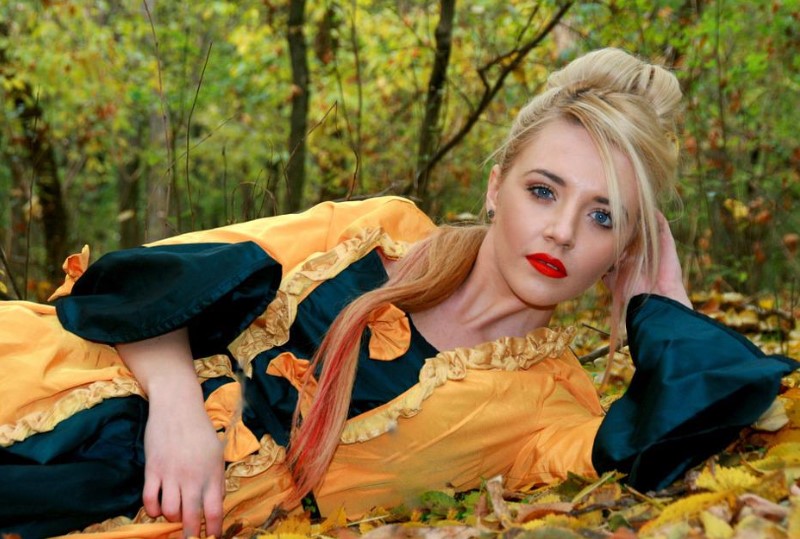
However, They are the followings :
- Dark brown
- Different shades of red
- Tints
- Orange
- Silent
- Medium-light to medium-dark intensity.
- Golden yellow
- Sloppy greens
- Winter color
In nature, winter marks the absence of color—burning fall leaves are replaced by bare trees and snow covers the ground. Similarly, traditional seasonal colors for winter are neutral, punctuated by deep, rich jewel tones that are representative of the festive nature of the holiday.Explore – how to look slimmer.

However, Seasonal winter colors include:
- White
- Cream
- Shades of brown
- Black
- Medium to dark gray
- Deep ruby red
- Dark purple
- Emerald green
- Sapphire blue

